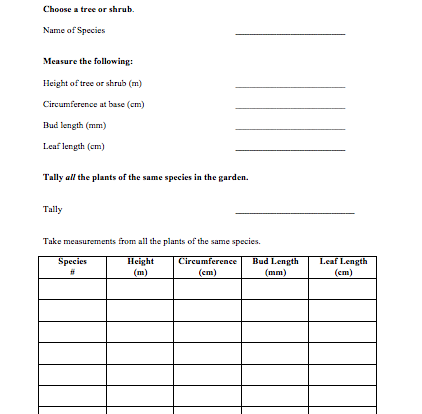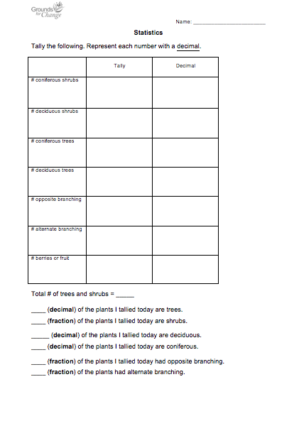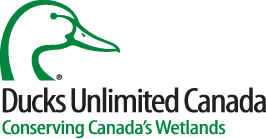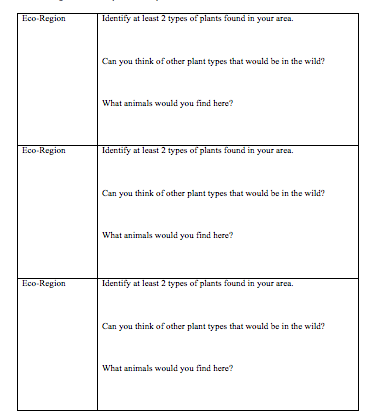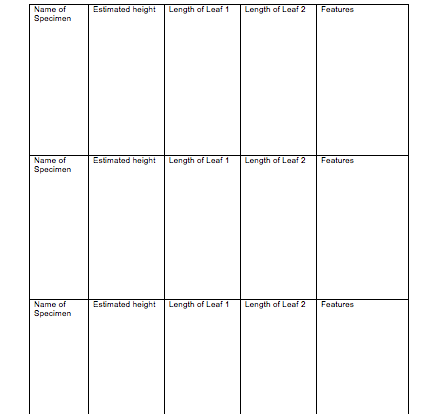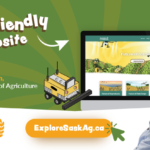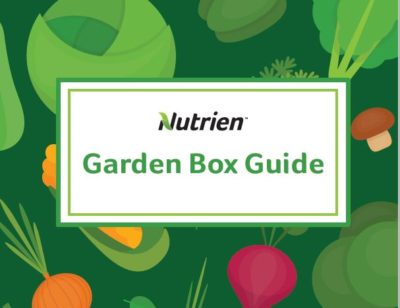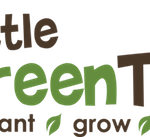-
Choose a tree or a shrub and collect measurements including: height, circumference, and length or buds/leaves. Students tally plants of the same species found in the garden and graph their results. Wrap up: compare students’ answers and discuss the different types of plants found in the garden.
-
Students explore the schoolyard to find tallys of different types of plants. Students must then convert the tallys into decimals. Wrap up: Discuss findings, conversions from tallys to decimals, the relationship between decimals and fractions, etc.
-
Project Webfoot, Ducks Unlimited Canada’s elementary school program, links specifically to the Grade 4 to 6 curricula in jurisdictions across Canada. It creates the opportunity for students to apply their learning and connect with nature through safe, interactive and inspiring educational content both inside and outside the classroom. Research shows that this integrated approach provides a strong and compelling way for students to learn about the environment.
To learn more visit: http://www.ducks.ca/initiatives/project-webfoot/
-
Students explore and discover what types of plants and animals exist within the schoolyard’s ecoregion. Wrap up: Take up students’ answers as a class, discuss why your ecoregion may differ from other ecoregions.
-
Students explore the school’s natural area to find 3 different plant specimens and answer the questions on the activity sheet. Wrap up: Discuss different specimens found, recurring features/adaptations, what other plants might grow at or near the school, etc.

